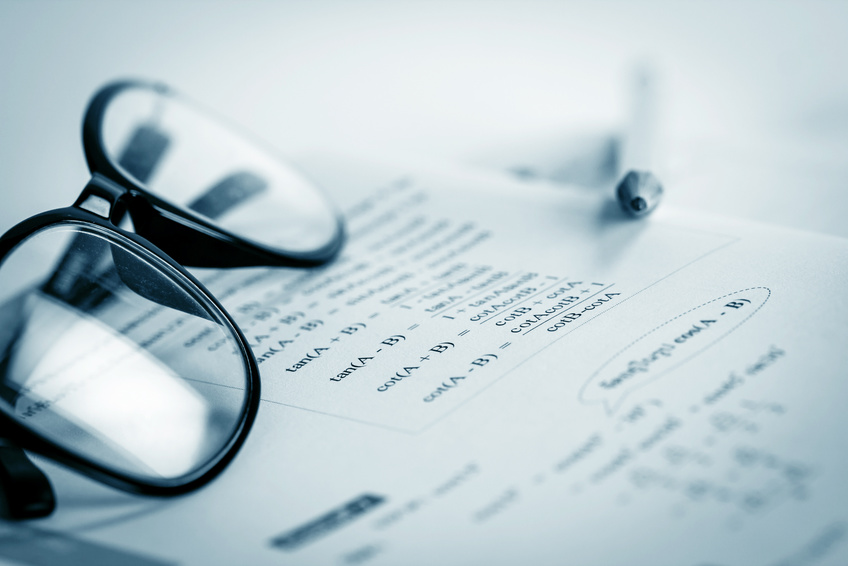
Custom efficiency programs are held to a higher standard than others (prescriptive). The customer pursuing custom incentives must wait to see what the incentive amount will be before they purchase anything. If they buy first and ask second, no rebate for you.
This is not the case for prescriptive programs, where customers know they will get $75 for the purchase of a smart thermostat, or $100 for the replacement of an evaporator fan motor with an electronically commutated motor. Prescriptive participants can make their purchases and claim their rebate any time, usually before the end of the calendar year.
Custom incentives must be determined, usually through an algorithm using energy and/or demand impacts before anything is purchased. In the twisted world of attribution determination, if a customer doesn’t know their incentive amount before purchase, they are a 100% free rider.
Custom participants generally know their incentive is based on impacts (savings) of their project. Prescriptive participants have no idea what they may be saving in energy or dollars. The amount of energy savings and return on investment, with or without the incentive, are unknown to the customer. I wrote about this in Why Customers Don’t Trust Savings – Versus Stupid Pet Tricks a few years back.
The Bogus Custom Efficiency Free Rider
The presumption by policy makers is that customers not “pre-qualified” for custom incentives – those who spend money before documenting their desire for an incentive – are considered 100% free riders. This is 100% horse hockey and bull pucky. There is NO such thing as a 100% free rider. I will tell you why.
This is a true story, so why not use it: I go to Menards to buy ten sheets of foil-backed polyisocyanurate insulation, some gutter guards, and an extension ladder. I’m not going to shop for other stuff. I’m not going to wait. I’m going to buy it regardless of price because I know it will be reasonable. At checkout, I learn there is a rebate for 11% from all purchases. Nice! I just spent over $300. How does that make you feel, Jeff? Pretty good. I’ll feel pretty good again when I take that $40 rebate and pay down a future purchase of $84.12.
Did it make any difference on the purchase? No. Did it make any difference to my feelings and loyalty to Menards? Absolutely! I don’t even think about going to their competitor, Home Depot, for this reason, and because of what I mentioned in this post. Not so ironically, that post is about lousy customer service. I will write more about this later.
Burning Customer Bridges
The intent of not providing custom efficiency incentives without pre-approval is to stop free riders. Evaluators and policy makers should consider they are poisoning the well for many customers. By implementing efficiency, customers think they are doing a good thing and will be incentivized by the program. Instead, they are told no.
The risk is, rather than getting pre-approval next time, they simply get frustrated and don’t consider the program again. Customers do not understand, and I do not expect them to understand, the madness of attribution.
Furthermore, to avoid the 100.00% free rider for those who do participate, we must hastily determine the savings and reward BEFORE purchase. This can be a big hassle and a big barrier to the customer in probably 30-40% of the instances.
I will post some solutions in the next edition of the Rant.
Settlements and Ashes
As described in part, here and here, large energy users can really leverage energy efficiency programs. They can easily return twice the amount they contribute, on average, with not much effort. However, the program must be of value and allow high ROIs[1].
As a result of high-minded policy makers and evaluators, many large users turn on the programs and want to opt out – not pay or participate. Utilities should ask, now that these customers have opted out of our efficiency program, what do we have left in our toolbox to engage them?
Agreeing on the opt-out solution is like settling out of court for a lawsuit. The customer feels vindicated, but do they feel any better about the utility? I don’t think so. Their utility probably seems like a necessary evil fixed cost of doing business – like the IRS.
There are all kinds of businesses that help their customers be more successful, have more fun, and enjoy their products with ancillary “free” services – like cooking classes, or just plain education about the product and how to use it to the fullest and most efficiently. We have this with our accounting software. Why not the same for efficiency in the energy sector?
The Manufacturing South
Manufacturing in the south has outstripped that of the rest of the country. Why? Low taxes. Low regulation. Low energy cost. Inexpensive labor. And no labor unions to name a few. In the south, utilities help customers use energy most efficiently and effectively, with no mandate to run programs. For instance, numerous people have told me I need to tour Alabama Power’s Technology Application Center. Think about that. In some places, large users are opting out of mandated programs, while in others, they are opting in to free programs provided by utility shareholders.
Is there something wrong with this equation? I think so, starting with policy and evaluators. Sometimes you have to give a little away to get started.
More next time!
Some programs have incentive limits per customer that do not even allow customers to “get back” what they paid in to the program pot.






Join the discussion One Comment